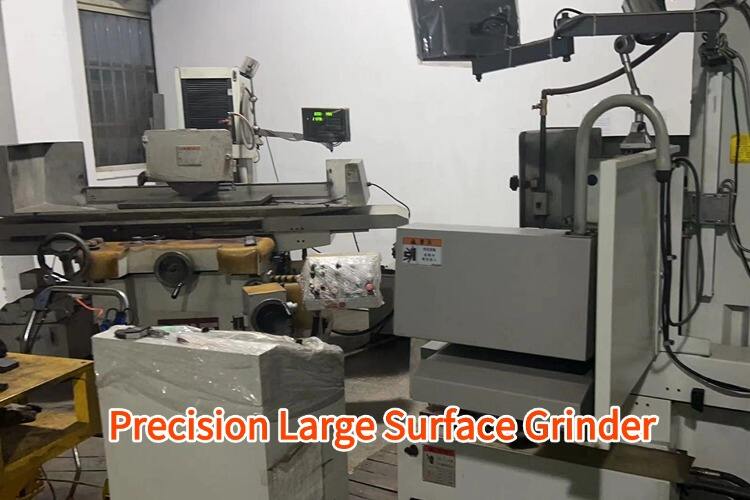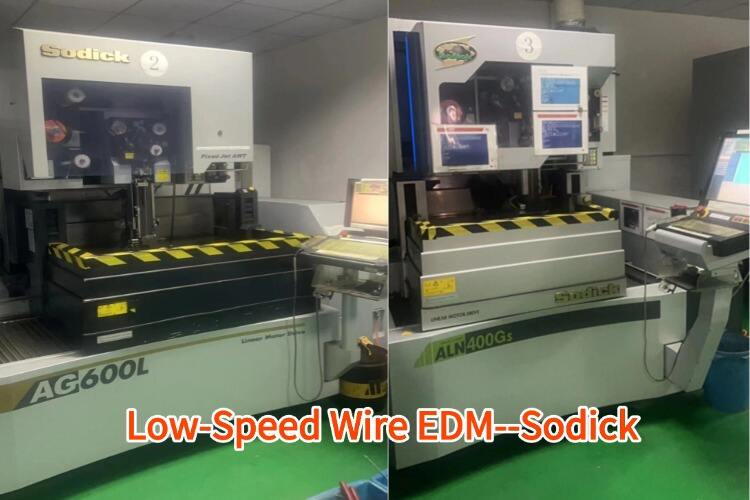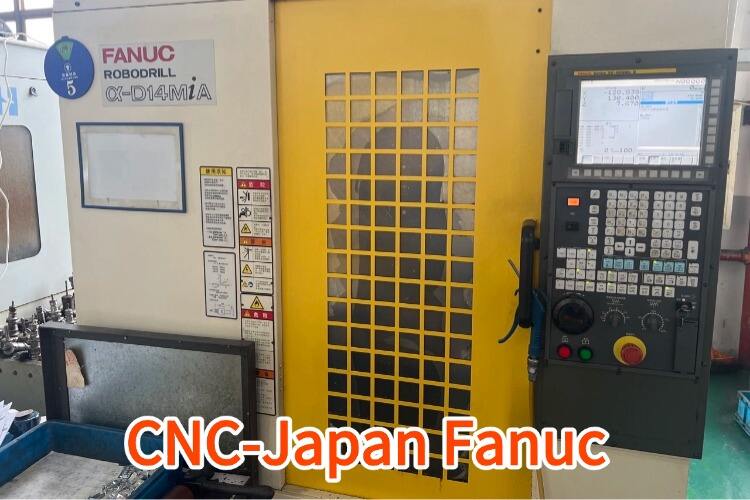automotive metal stamping
Automotive metal stamping represents a crucial manufacturing process in the automotive industry, transforming flat metal sheets into specific components through precision engineering. This sophisticated process involves using specialized dies and high-pressure stamping machines to create various automotive parts, from body panels to structural components. The technology employs advanced hydraulic or mechanical presses that exert tremendous force to shape metal sheets into desired forms. Modern automotive metal stamping incorporates computer-aided design (CAD) and computer-aided manufacturing (CAM) systems, ensuring exceptional accuracy and repeatability. The process encompasses multiple techniques including blanking, piercing, forming, and drawing, each serving specific purposes in component creation. These operations can be performed at room temperature (cold stamping) or elevated temperatures (hot stamping), depending on the material properties and final product requirements. The versatility of metal stamping allows for the production of both large structural components and intricate smaller parts, making it indispensable in automotive manufacturing. This technology supports high-volume production while maintaining consistent quality and dimensional accuracy, essential for modern vehicle assembly.


